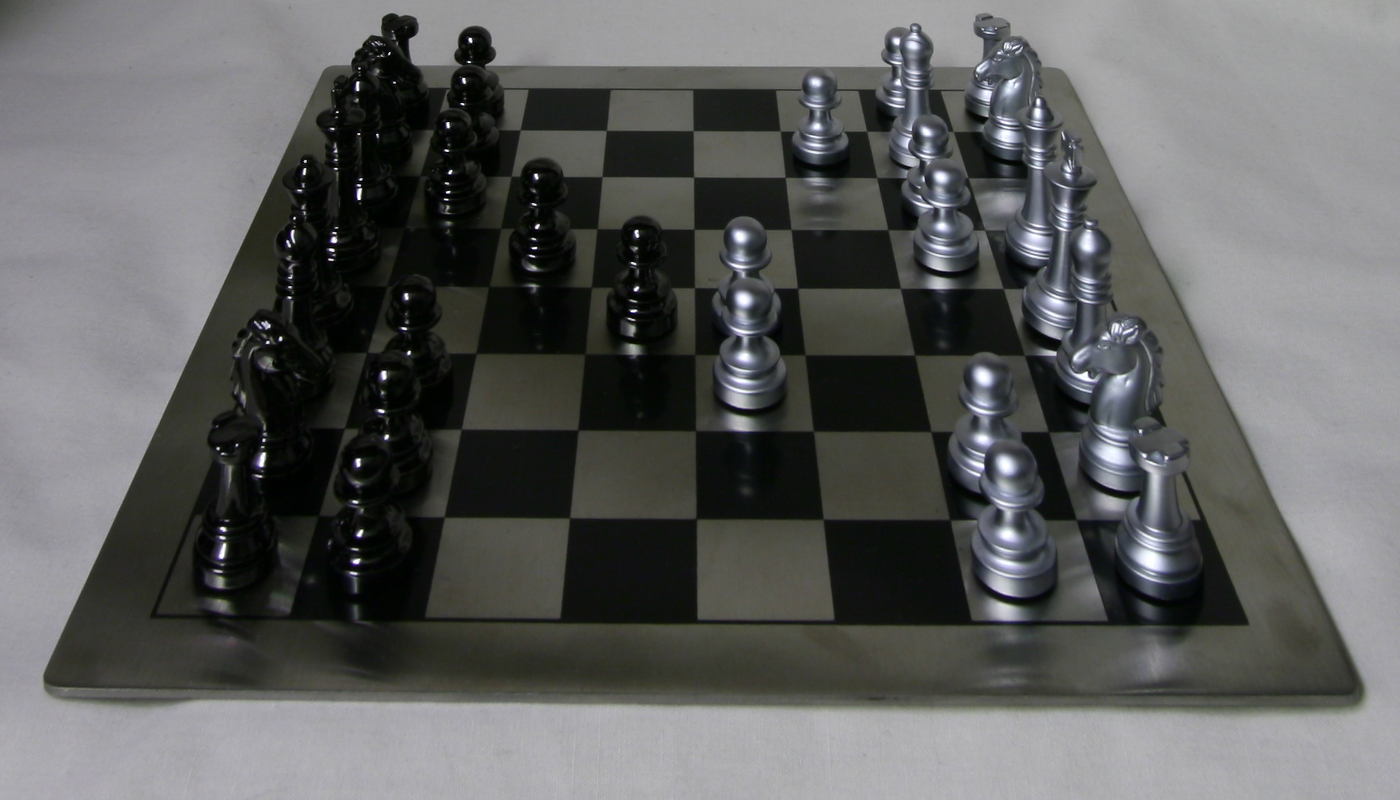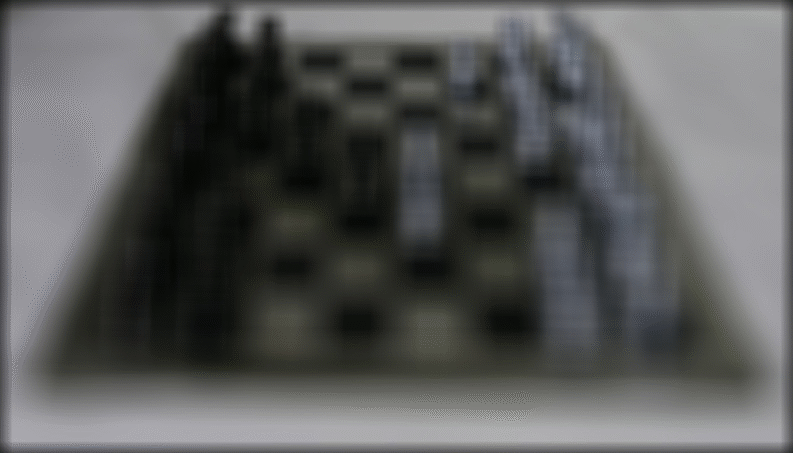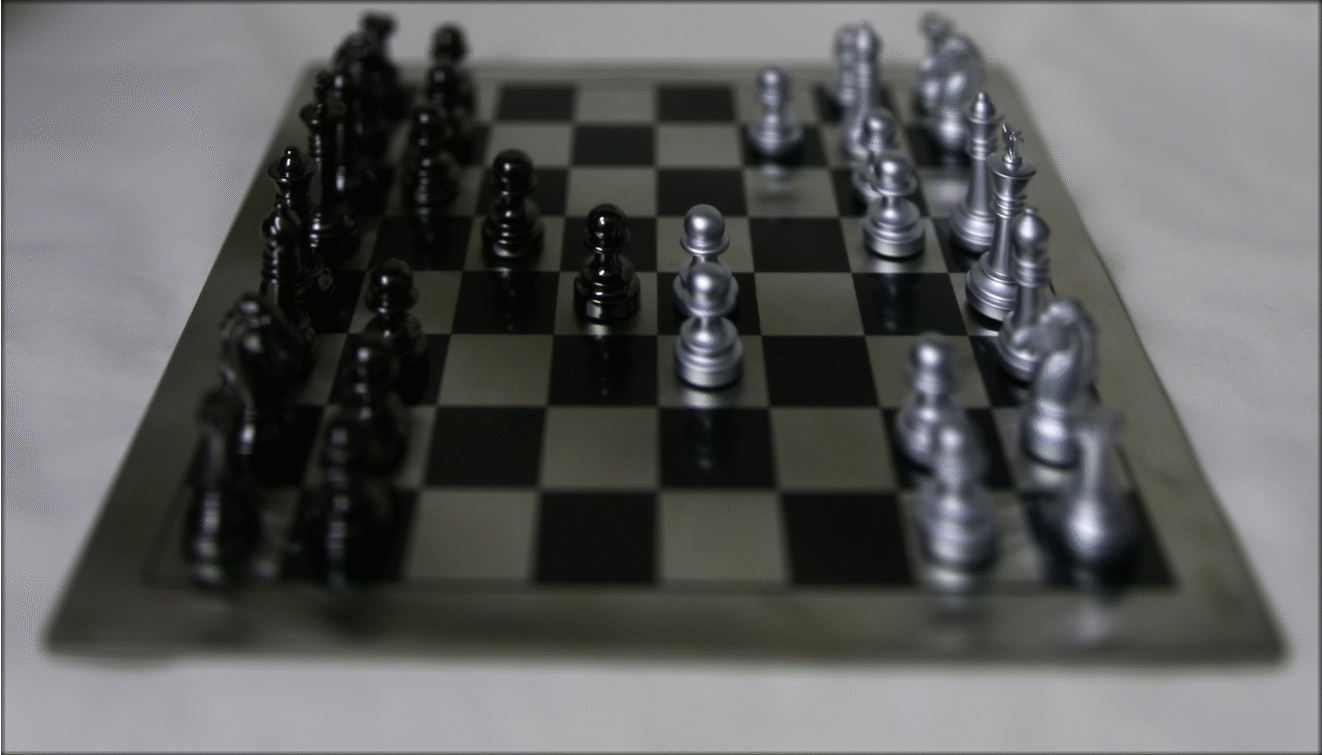Part 1 - Depth Refocusing
The Stanford dataset's camera setup we used has a 17x17 grid of cameras, providing us with a view of an object from many slightly different angles. Each image is given coordinates defining it as well as the grid location of the camera shooting the image in the filename itself. We use this to our advantage in part I, where we implemented depth refocusing. To do this, we first fixed the center image's coordinates given in the filename as those of the camera located at (8,8) (call this P_center). Following this, we shifted each image by alpha * (P_image - P_center) and then summed the shifted images up together and averaged them. This process of interpolation allowed us to focus on different depths of the image by varying alpha, as an alpha of 0 would correspond to focusing on an image much farther away, while an alpha of 0.5 would mean a far greater shift for an image, meaning that we would be focusing on objects closer to the camera itself.
On the left, you see the center image that we try to align. On the right, you can see a gif of the alignments with alphas ranging from -0.5 to 0.5 and back to -0.5 (to create one smooth gif).


